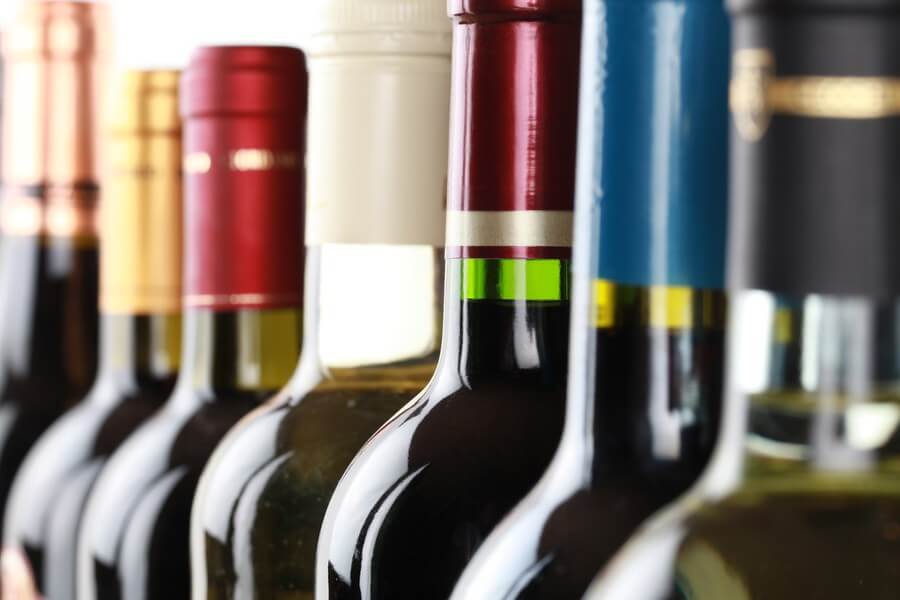
Therefore, northern European grapes have less time to ripen and have lower sugar levels than New World grapes. This is the basis of the difference between New World and Old World wines.ĭue to the colder climate, most northern European wine growing regions have a shorter growing season than New World wine regions. As a grape ripens it loses acidity and the sugar level increases along with its ability to produce alcohol. High acid and tannin levels increase the longevity of wine.


Wine balance is the harmony of fruitiness, acidity, alcohol (sugar), and tannin. This difference is mostly due to climate, although the preference of American wine-drinkers for wines with high-alcohol content has affected the wines produced. Although wineries in California and Australia plant the same grape varieties that can be found in Europe, the balance of their wines are different (there are of course exceptions). The New World can and does make age-worthy wines, but they do not last as long or age as well as Old World wines. You may have noticed that there are no New World wines mentioned in the above list (e.g. Sauternes the sweet wine region of Bordeaux France White Bordeaux in the Graves Region of France German Spatlese, Auslese and Beerenauslese Hermitage and Cote Rotie districts of the Rhone, France Green Wine: Carbon Neutral, Organic, and Biodynamic Wine Types of Red Wine The result is a wine that does not age well. Because organic wines do not use certain additives, the winemaking process is different, and so is the wine’s development and chemical structure compared to normal wine. For example, some top-level wineries produce organic / biodynamic wines. Not all top-level wineries produce age-worthy wines. This means age-worthy wines also tend to be more expensive than the average wine. As such, age-worthy wines tend to be produced by top-level wineries with a long history of making such wines. This means that a wine producer has to want to invest the time and money in the venture and know what they’re doing. They will use methods like planting vines in the coolest areas of the vineyard and oak barrel aging to increase a wine’s longevity. A Shot of Whiskey Wine ProducersĪge-worthy wines are rare and in many places around the world that don’t have the right environmental conditions, a winemaker must make a concerted effort to create them. For more information on alcohol levels, carbohydrate and residual sugar content, as well as calories in various types of wine, see the link below.Ĭalories in a Glass of Wine vs. At alcohol levels in excess of 17%, the alcohol now acts as a preservative. Finally fortified wines, as the name implies alcohol is added usually in the form of brandy. The extra sugar that would have turned into too much alcohol in a dry wine, now acts as a preservative. What they have in common is high residual sugar. Then there are the sweet wines, once again high acid is important, but in this case alcohol level is all over the map. But the most age-worthy dry white wines also receive some tannins from oak barrel aging. Grape tannins are also very important, they act as antioxidants and give red wines a significant advantage over white wines in the aging department. High acid along with balanced alcohol levels of 12 to 13% ABV are important for dry white and red wines as well as sparkling wines (see below). The best types of wine to age have the right chemical structure. Types of Wine that Age Well Chemical Structure
#Types of wines how to#
How to Buy the Best Bordeaux Wine for Your Cellar However, the research required to buy Bordeaux wine can be frustrating and time-consuming. The reason for this is that it has a long history of improving with age. Red Bordeaux has an established resale history and is still the primary investment medium.

The name Bordeaux is synonymous with wine investment. If you’re a budding wine investor you should know that less than 1% of all the wines worldwide are investment grade and Bordeaux makes up 80% of them. But age-worthy or not, don’t expect wine kept in the cellar for a few years to increase in resale value unless it’s investment grade. This is one of the things that make age-worthy wines so valuable, the ability to store more wine for longer periods of time and take advantage of bulk buying. No matter what the storage conditions, unfortunately, buying ready-to-drink wine in bulk is not a money saving tactic unless you’re partial to spoiled wine. The reason for this is simple, most wines (~95%) are ready-to-drink with a shelf-life of a couple of years at most. In general, unless you own a restaurant, you should not store more than a year’s worth of wine in your cellar. The best types of wine to put in your cellar are age-worthy wines.


 0 kommentar(er)
0 kommentar(er)
